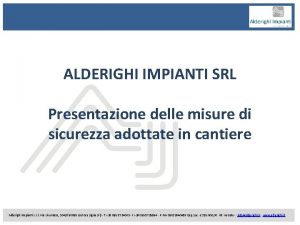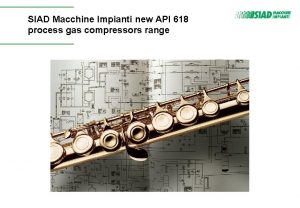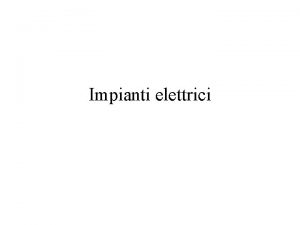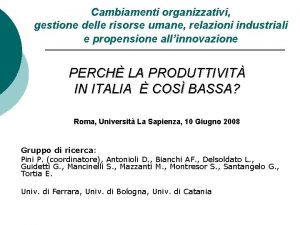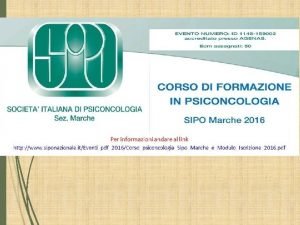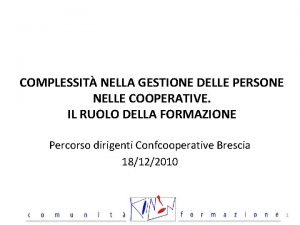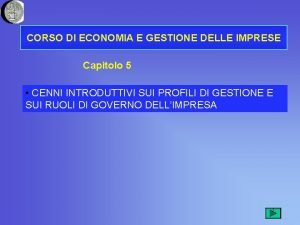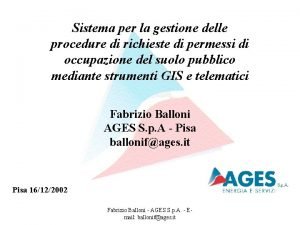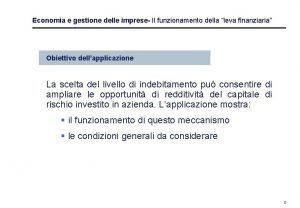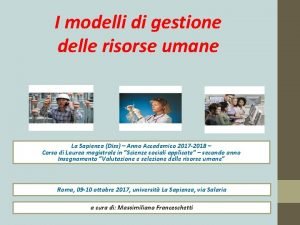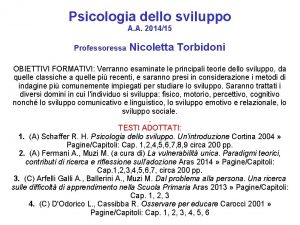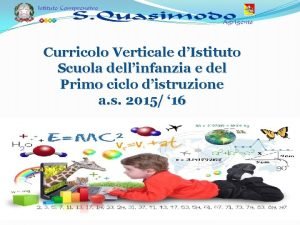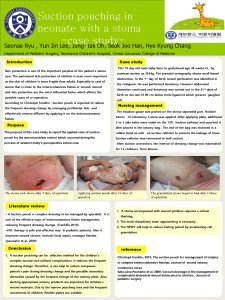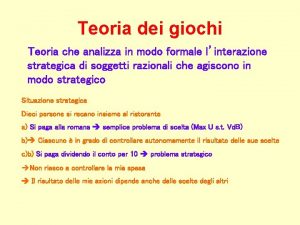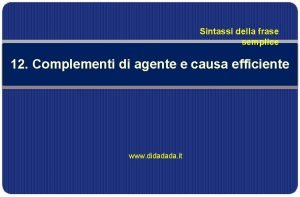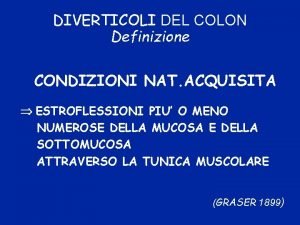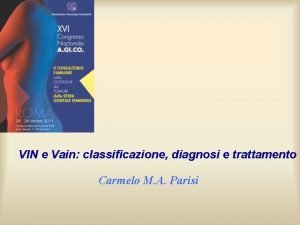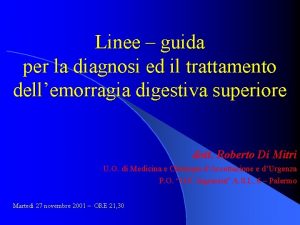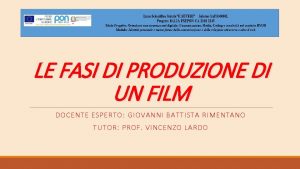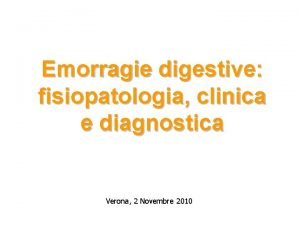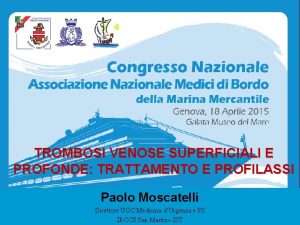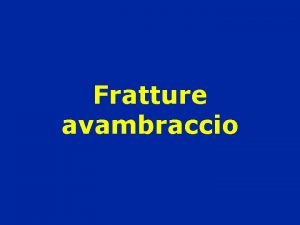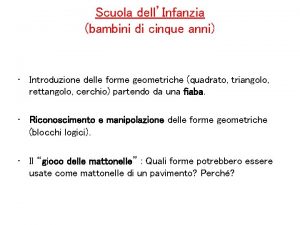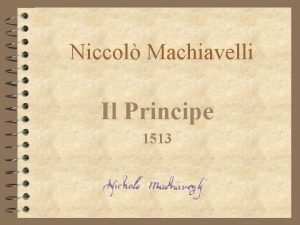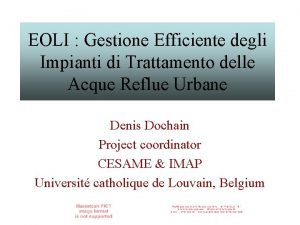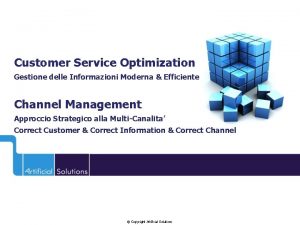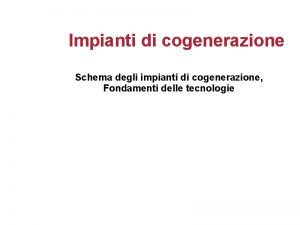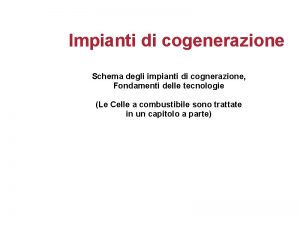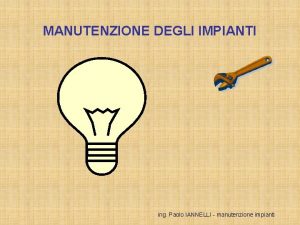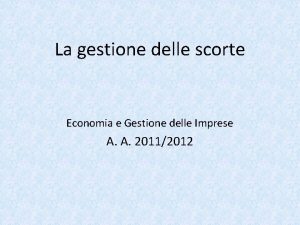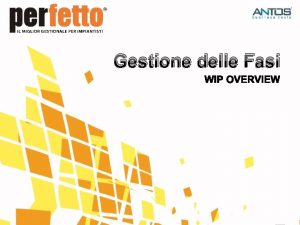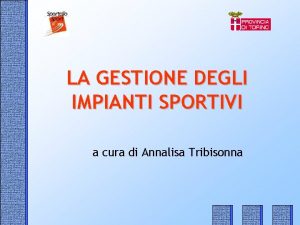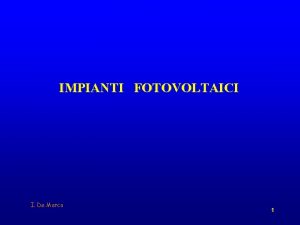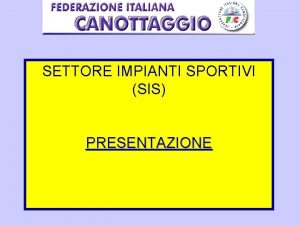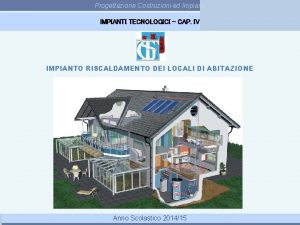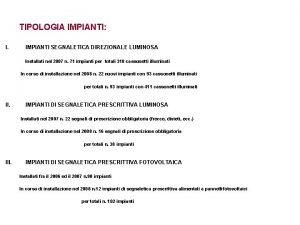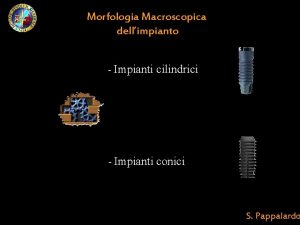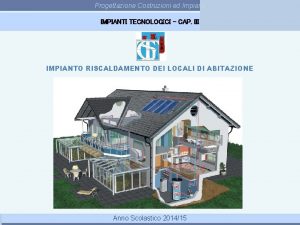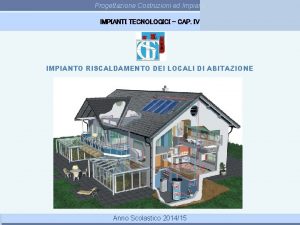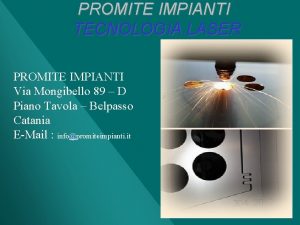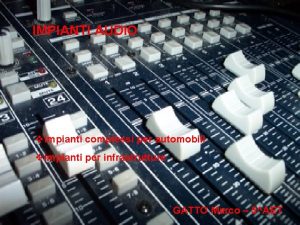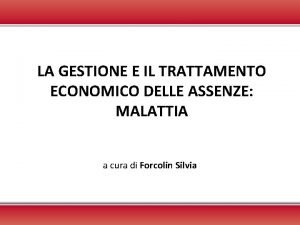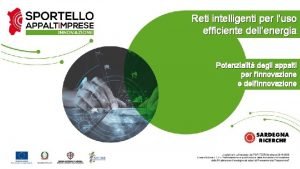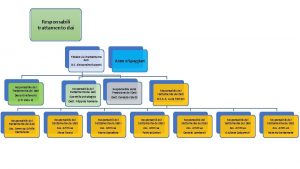EOLI Gestione Efficiente degli Impianti di Trattamento delle


























- Slides: 26

EOLI : Gestione Efficiente degli Impianti di Trattamento delle Acque Reflue Urbane Denis Dochain Project coordinator CESAME & IMAP Université catholique de Louvain, Belgium

Content • • • Project context Objectives of EOLI Project organization Experimental facilities Some results 2

Project Context • Efficient Operation of Urban Wastewater Treatment Plants (EOLI) : an European project dedicated to sequential batch reactors (SBR’s) • INCO/DEV programme, i. e. INternational COoperation with DEVeloping countries (here Latin America (Mexico + Uruguay)) 3

What is a Sequential Batch Reactor? Anoxic (30 min) Aerobic (9 hs) Settle (60 min) Anoxic fill (30 min) Idle (30 min) Draw (30 min) Reactions ; Anoxic phase : denitrification Aerobic phase : nitrification 4

Objectives of EOLI • Design of a low-cost, modular and reliable monitoring and control system for wastewater treatment processes dedicated to the treatment of wastewater from urban settlements • SBR’s : well adapted for developing countries (low investment and operation costs, process stability, operation reliability) 5

• 3 types of wastewater : 1) one from a dairy industry contaminated with organic carbon components and nitrogen 2) one for an area including chemical industry containing toxic or recalcitrant compounds 3) one domestic wastewater which occasionally contains toxic or organic overloads • Monitoring of the biomass concentration due to possible settling problems of the suspended solids 6

Project organization 7

Project partners • European academic partners : – Univ. catholique de Louvain (UCL) – Laboratoire de Biotechnologie de l’Environnement (LBE), INRA, Narbonne – Gradient, Université de Technologie de Compiègne (UTC) – POLIMI (+ ENEA) • Latin American academic partners : – Universidad Nacional Autonoma Mexico (UNAM) – Universidad de la Republica Oriental del Uruguay (UU) • Industrial partners – SPES – IBTech (Mexico) 8

Belgium (UCL) France (UTCompiègne) France (INRA, Italy (POLIMI, Narbonne) Mexico ENEA, SPES) (UNAM, IBTech) Uruguay (Montevideo) 9

Experimental Facilities 8 lab-scale and field-scale reactors : • Gradient : 4 L • UU : 2 x 20 L • POLIMI : 30 L • UNAM : 30 L • LBE : 200 L • ENEA : 500 L • IBTech : 1000 L 10

UU’s reactor 11

UNAM’s reactor 12

LBE’s reactor 13

IBTech’s Reactor 14

Some Results • • • Experimental data Dynamical model Software sensor Control design (Hardware sensors) 15

Experimental data LBE-INRA 16

17

Dynamical Modelling 2 models : • EM 1 : carbon removal (Mexico) : SC + SO --> X • EM 2 : carbon & nitrogen removal (denitrification/nitrification) : Anoxic phase : NO 3 reduction : SC + SNO 3 --> Xh + SNO 2 NO 2 reduction : SC + SNO 2 --> Xh + N 2 Ammonification : SN --> SNH Aerobic phase : NH 4 oxidation : SO + SNH --> Xa + SNO 2 NO 2 oxidation : SO + SNO 2 --> Xa + SNO 3 C-removal : SC + SO --> Xh Ammonification : SN --> SNH 18

Experimental protocol for parameter calibration : • Datasets distributed in two (calibration set, validation set) • Mathematical transformation : distribution of the parameters in 3 sets (transfer coefficients, yield coefficients, kinetic parameters) in order to provide independent calibration • A priori identifiability analysis • A posteriori statistical analysis of the calibration results 19

Validation data (POLIMI) 20

Software Sensors • Objective : to provide on-line values of key process components that are not accessible for on-line measurement in presence of uncertainty in the model (kinetics) • Example : EM 1 - On-line measurement : dissolved oxygen S 0 - Software measurement : biomass concentration X - Uncertain parameter : maximum specific growth rate m 0 (known mean value) - Calibration challenge : fast convergence 21

22

23

Control Design Event Driven Time Optimal Control (UNAM) 24

Optimal determination of time durations for anoxic and aerobic phases (LBE-INRA) aerobic phases anoxic phases « target » (final values of C and N) 25

Conclusions • EOLI : last EC project of Alberto Rozzi • EOLI objectives : to provide a low-cost, modular and reliable monitoring and control system for Sequential Batch Reactors (SBR’s) • Hardware sensor development plays an essential role in EOLI 26
 Alderighi impianti
Alderighi impianti Siad mi
Siad mi Grandezze elettriche
Grandezze elettriche Master gestione delle risorse umane
Master gestione delle risorse umane Gestione delle emozioni e autocontrollo
Gestione delle emozioni e autocontrollo Gestione delle persone
Gestione delle persone Organigramma luxottica
Organigramma luxottica Competenza definizione
Competenza definizione Gestione delle emozioni e autocontrollo
Gestione delle emozioni e autocontrollo Gestione delle richieste
Gestione delle richieste Leva finanziaria economia e gestione delle imprese
Leva finanziaria economia e gestione delle imprese Modelli di gestione delle risorse umane
Modelli di gestione delle risorse umane Gestione delle emozioni e autocontrollo
Gestione delle emozioni e autocontrollo Curricolo orizzontale e verticale sintesi
Curricolo orizzontale e verticale sintesi Gestione delle stomie
Gestione delle stomie Communication efficiente
Communication efficiente Equilibrio di nash
Equilibrio di nash Ne complemento di causa efficiente
Ne complemento di causa efficiente Hinchey classificazione
Hinchey classificazione Vain 1 trattamento
Vain 1 trattamento Classificazione forrest ulcere
Classificazione forrest ulcere Esempio relazione tutor anno di prova
Esempio relazione tutor anno di prova Ulcera classificazione di forrest
Ulcera classificazione di forrest Eparina
Eparina Pronazione dell'avambraccio
Pronazione dell'avambraccio La famiglia delle forme geometriche
La famiglia delle forme geometriche L'esperienza delle cose moderne e la lezione delle antique
L'esperienza delle cose moderne e la lezione delle antique
